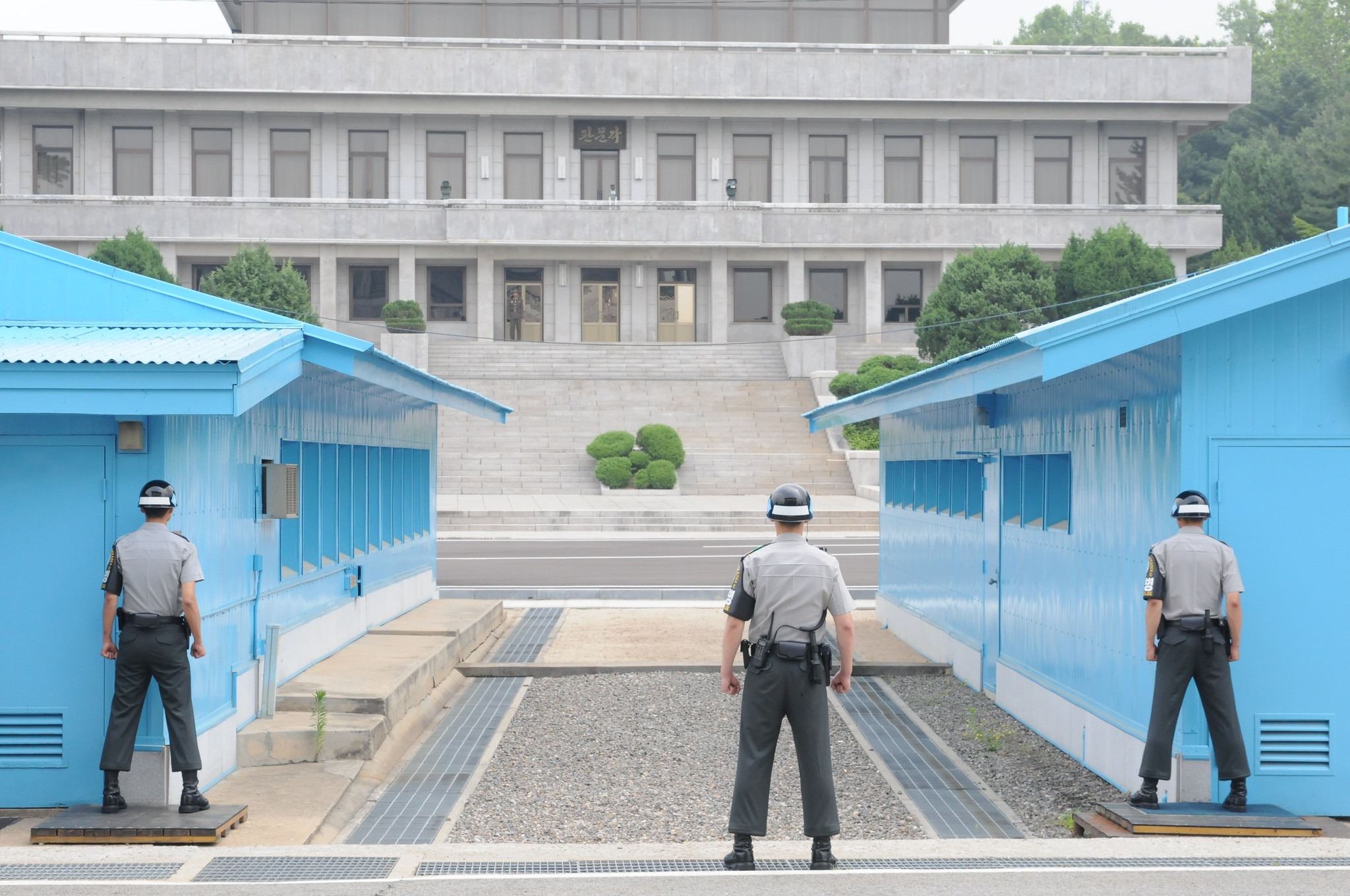No Time to Waste for Denuclearization and Peace-building Negotiations with North Korea
On the Korean Peninsula, an in-between situation of neither active dialogue, nor a nuclear or war crisis, has continued since the so-called “no-deal” summit in Hanoi in February 2019. Dialogue between the Koreas, and between the United States and North Korea, was completely halted. The Democratic People’s Republic of Korea (DPRK), the official name of the North, has repeatedly threatened the U.S. ― calling for it to change its approach ― as well as issued deadlines for new proposals from the U.S.
Yet, its “Christmas gifts,” consisting presumably of nuclear and long-range missile tests and war threats, were not delivered. Without an imminent nuclear and war crisis as in 2017, we tend to become complacent and easily slip into waiting mode.
We have to be aware, however, that North Korea’s nuclear and missile programs are in full swing behind the scenes. Now, most experts agree to the estimate that the North has enough fissile material for about 50 nuclear weapons. Additionally, it keeps producing fissile material sufficient to make five to seven more annually. As the denuclearization negotiations are further delayed, North Korea gets more nuclear warheads and missiles.
So the DPRK’s demands for political, diplomatic and economic compensation, in exchange for its nuclear and missile programs, will likely also increase. Once North Korea becomes confident of its “nuclear deterrent,” it will ask for exorbitant compensation for denuclearization, such as the suspension of all South Korea-U.S. joint military exercises, and even the dismantlement of the South Korea-U.S. alliance and the withdrawal of U.S. forces. In another worse case scenario, someday it might just refuse to participate in nuclear negotiations at all, while pretending to be a de-facto nuclear weapons state like India or Pakistan.
A recent International Atomic Energy Agency report on North Korea’s nuclear programs was a wake-up call. It reminded us that North Korea never stopped running its reprocessing and enrichment facilities so as to produce more fissile material. This report also stated that North Korea’s nuclear technology had progressed to the level of miniaturizing, lightening and standardizing nuclear warheads, as well as developing both tactical weapons and hydrogen bombs, as Chairman Kim Jong-un declared at a party conference earlier this year.
Therefore, there is no time to waste. We should look for ways to rapidly restart the denuclearization and peace-building process. While there are many serious obstacles to such dialogue, there are also numerous opportunities to utilize so as to resume dialogue with the North.
First, both the U.S. and North Korea currently refrain from provocations and express their intentions to engage with each other. Earlier this year, many analysts predicted that North Korea would test nuclear bombs and intercontinental ballistic missiles (ICBMs) to provoke the Biden administration. Many also predicted that the Biden administration would denounce the 2018 Trump-Kim Singapore Joint Statement and return to a “strategic patience” policy of sanctions and pressure.
These predictions did not materialize. To the contrary, North Korea is now “strategically patient” and far less threatening than before. The Biden administration supported the Singapore Statement and actively looked for dialogue with the North. The U.S. also stopped mentioning the “complete, verifiable, irreversible dismantlement” (CVID) of North Korea’s nuclear program as a gesture of good will towards Pyongyang.
Second, the North suffers from food shortages and economic and health crises resulting from the “triple hardship” of sanctions, natural disasters and the COVID-19 pandemic. Chairman Kim even openly apologized to the people for their suffering. Such internal difficulties may function to restrain North Korea’s aggressive behavior. If the South and the U.S. provide humanitarian food and health assistance to the North, the chances for the North to open up will increase.
Third, the U.S. demands for North Korean denuclearization have become moderate and realistic, as it seeks a phased, step-by-step denuclearization approach, instead of a so-called “big deal.” Both the Seoul and Washington now seek a nuclear freeze first, so that they can prevent Pyongyang’s nuclear arsenal from increasing, to buy time for negotiations. Since North Korea has always demanded an action-for-action, step-by-step approach, all three parties now share the same approach in principle.
In this case, the Iranian nuclear model, beginning with an “interim agreement,” could serve as the best reference for negotiations with the North. In fact, it was U.S. State Secretary Antony Blinken who suggested the application of the Iranian model to North Korea in his columns for The New York Times in 2018, titled, “To Win a Nobel, Trump Should Look to the Iran Deal,” and, “The Best Model for a Nuclear Deal with North Korea? Iran.”
Considering these opportunity factors, U.S.-DPRK and inter-Korean dialogue could be held when the COVID-19 obstacle is removed. But we still need a strong push for such dialogue to occur. For that, I suggest that President Biden send Chairman Kim a personal letter that proposes negotiations to fulfill the four goals in the Singapore Statement. Once Kim receives Biden’s letter, he will be tempted to reply positively.
Dr. Jun Bong-geun is a professor at the Korean National Diplomatic Academy. He is also a member of the Asia-Pacific Leadership Network for Nuclear Non-Proliferation and Disarmament (APLN). His article is published in cooperation with the APLN (www.apln.network).
Disclaimer: The opinions articulated above represent the views of the author(s) and do not necessarily reflect the position of the Asia Pacific Leadership Network or any of its members.
This article was published in The Korea Times on 10 November 2021 as part of a dedicated, regular Korea Times column with analysis by APLN members on global issues. You can find the original post here.
Image: U.S. Army photo by Staff Sgt. Keith Anderson, USFK PAO

